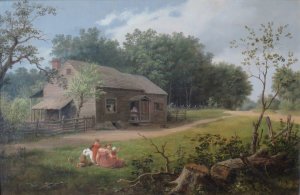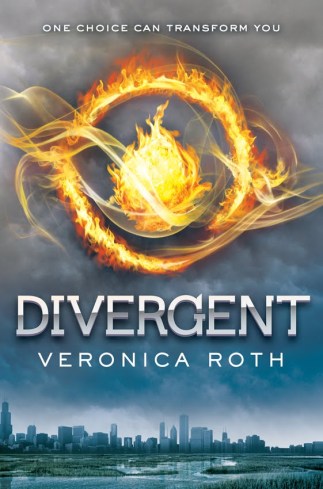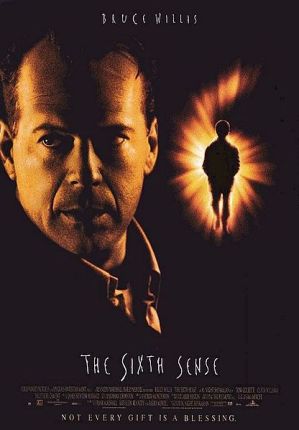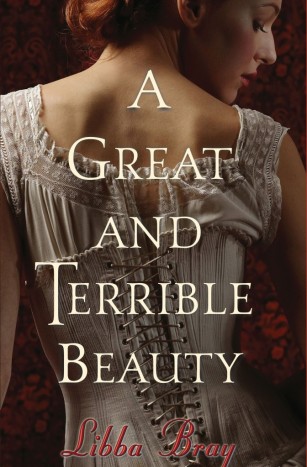Lately I’ve been thinking quite a bit about how to create a sense of home for my main character in my current work-in-progress. Before the inciting incident in most stories, the author establishes a “normal” that the character will soon be deviating from. This sense of normality, often a feeling of home, establishes a foundation or a jumping off point for your story.
In Gone with the Wind, Scarlett preens in the spotlight as the belle of the ball before the Civil War turns her world upside down. Understanding her place in the pecking order helps us as readers much more fully appreciate what she is trying to win back as her journey wears on. We can relate to her more fully (even though we’re not selfish debutantes, not usually, anyway) because we know where she started.
In Libba Bray’s A Great and Terrible Beauty, Bray establishes Gemma’s comfortable life in India in order to really underline the differences between her life before the inciting incident and afterwards. Mild first chapter spoiler ahead – when Gemma’s mother dies (our inciting incident), and she is sent to boarding school in England, the dreary, cold setting contrasts starkly against the vivid view of India that opened the story. This illustrates for us as readers how much Gemma wants to escape, a theme that plays out throughout the novel.
How do we establish the scene, a sense of home (or at least the foundational “normal”), in our own writing?
- Make it matter. A few strong details that we can call back to mind later in the story will do more than long chapters of exposition (I still can’t believe Dickens had an entire chapter about fog in Bleak House. I never could finish that one).
- Maximize contrast between the before and the after. The luxury of Scarlett’s life made the struggle afterwards even more evident. The festive, colorful atmosphere in India made Gemma’s first few days in England even more dreary.
- Establish empathy early on (e.g. have a “Save the Cat” moment). Before the main character hits the inciting incident head-on, when the scene is being set, we as readers need to learn something about our main character that gives us a reason to care. If we are not given a reason to care, we may not even continue reading. For example, I turned off the movie Taken after less than 20 minutes because I didn’t care one whit what happened to Liam Neeson’s character; the audience was given no tangible reason to care about him before he got in trouble.
How else can you establish a foundation before your inciting incident? How do you create a sense of home in your stories?







